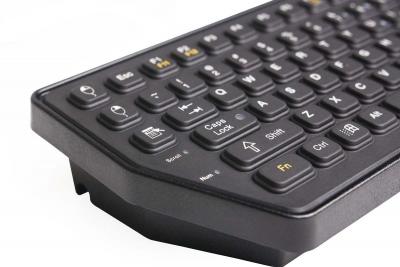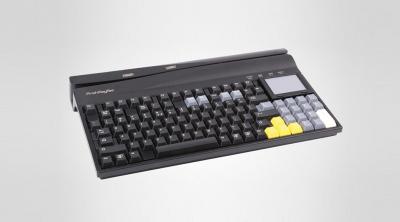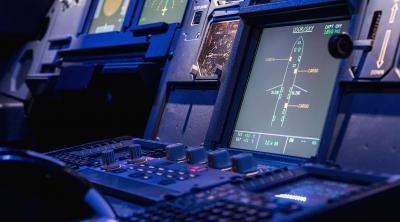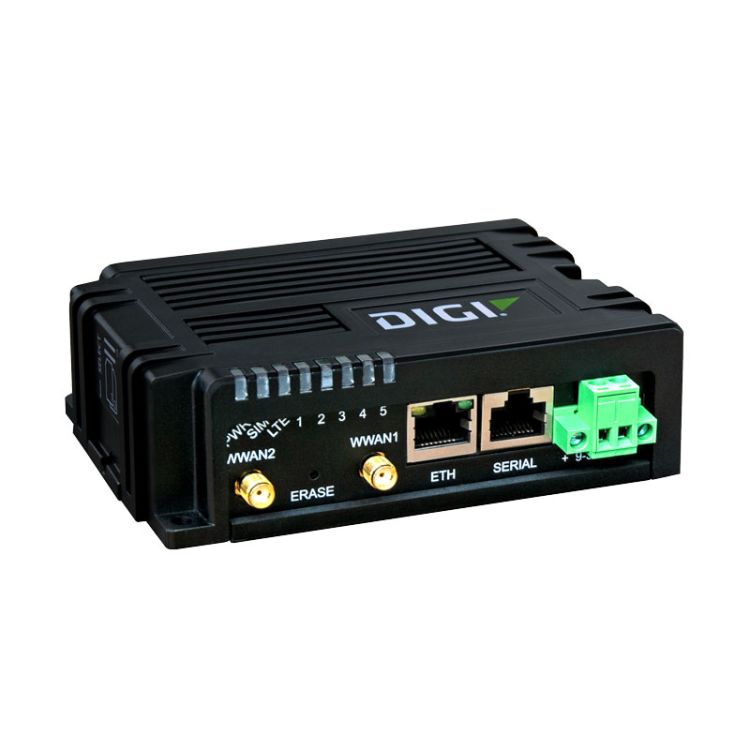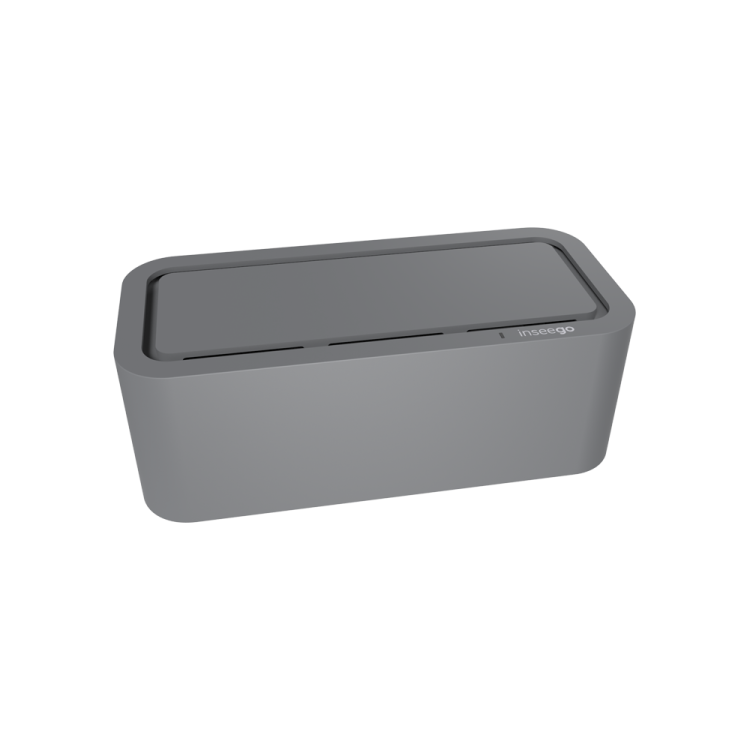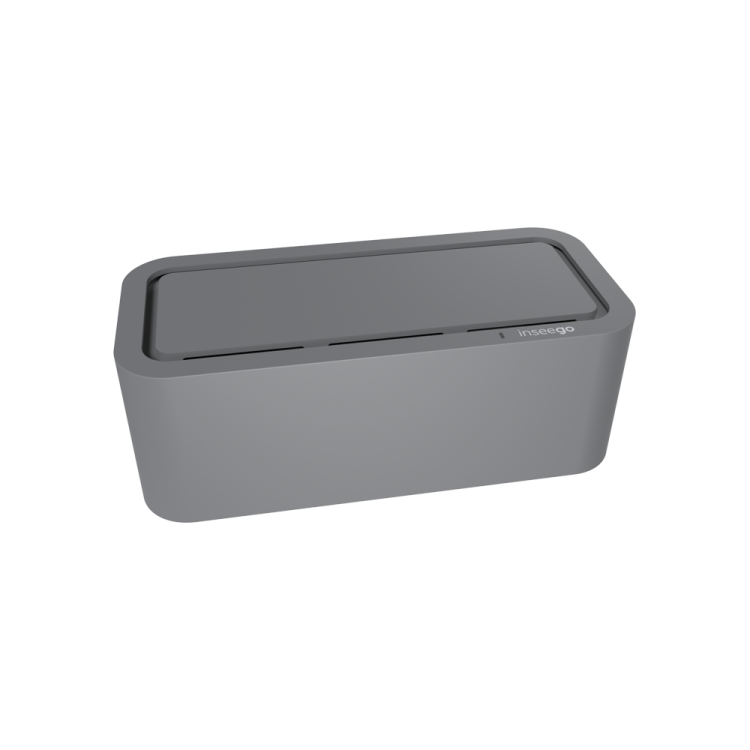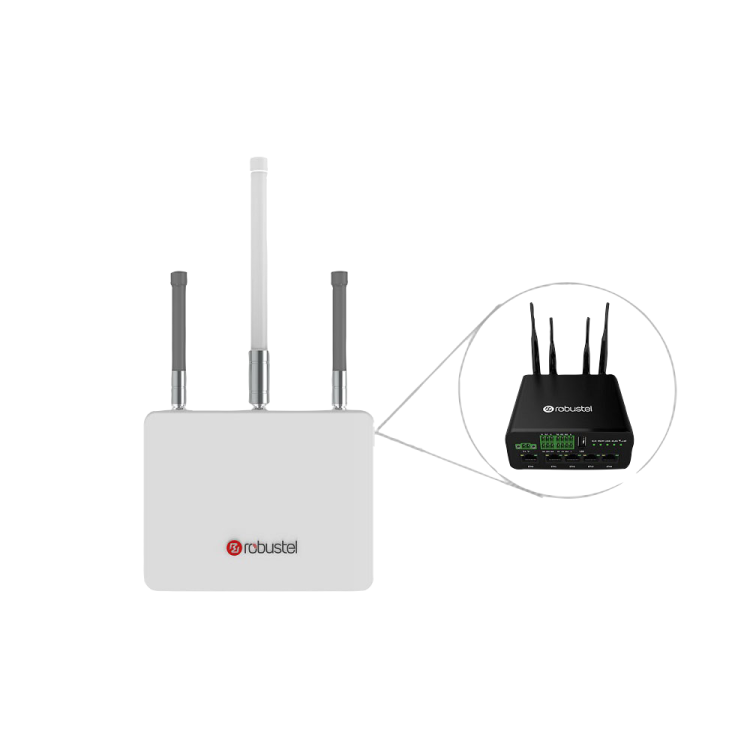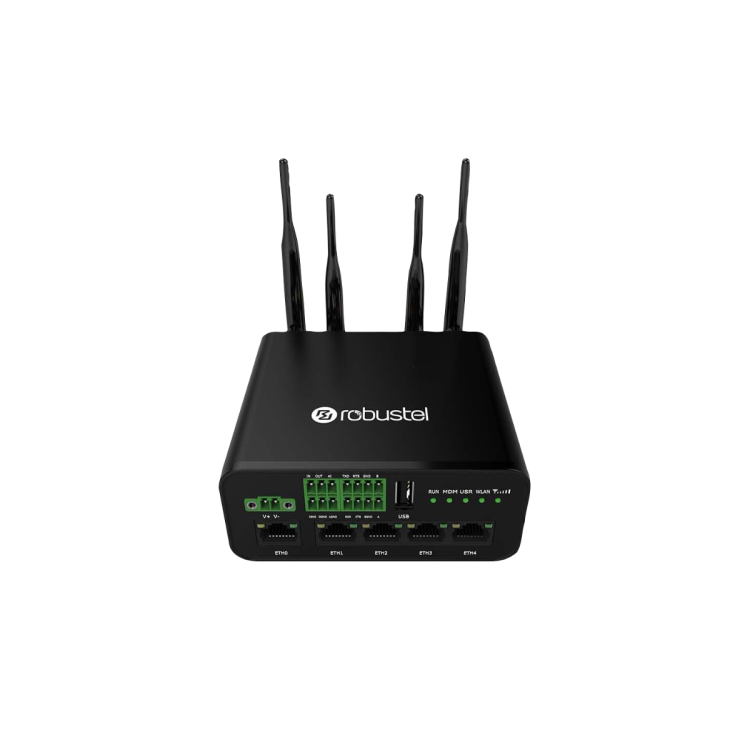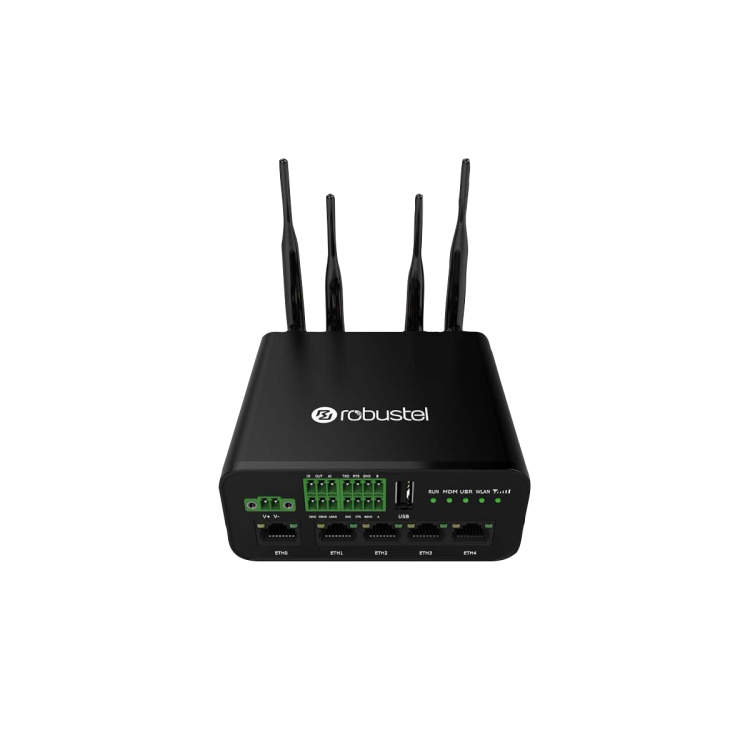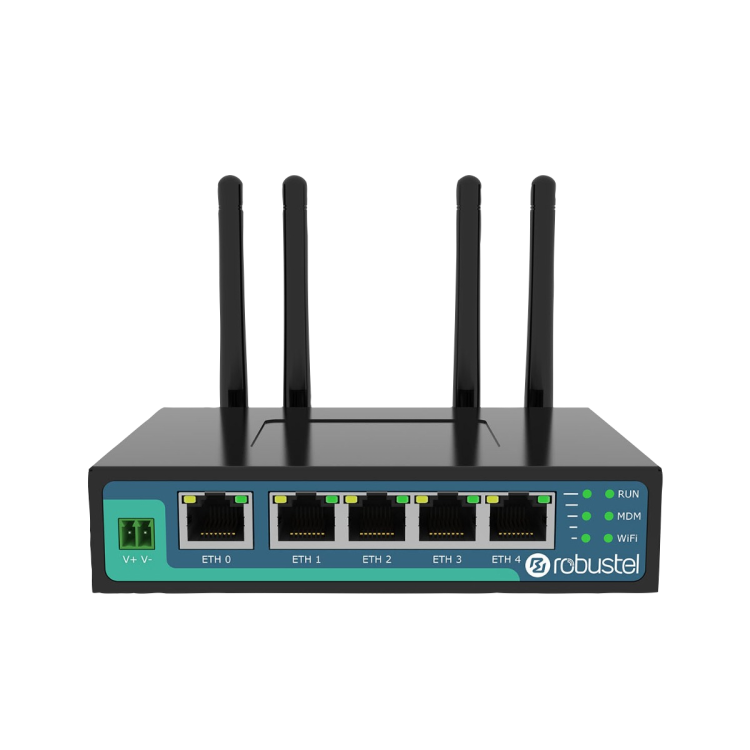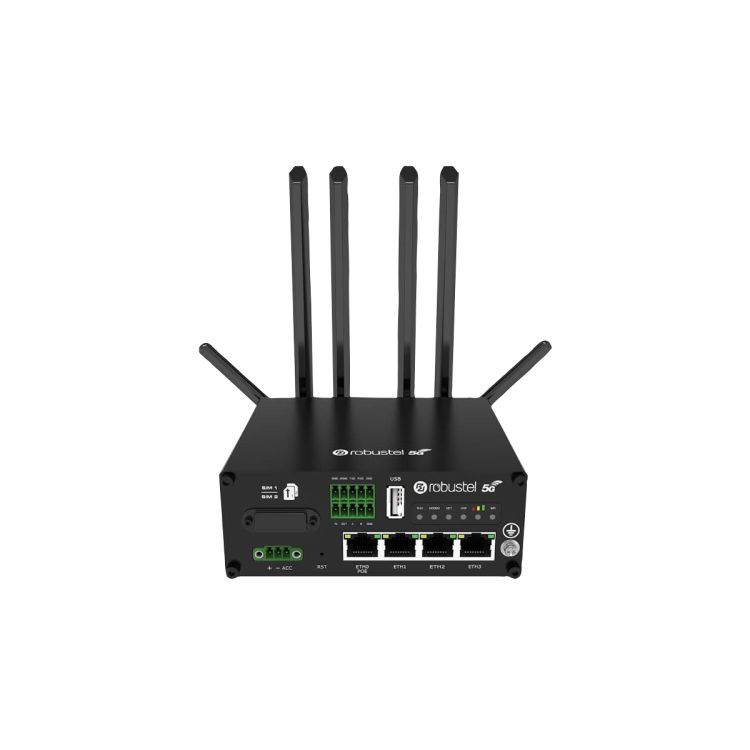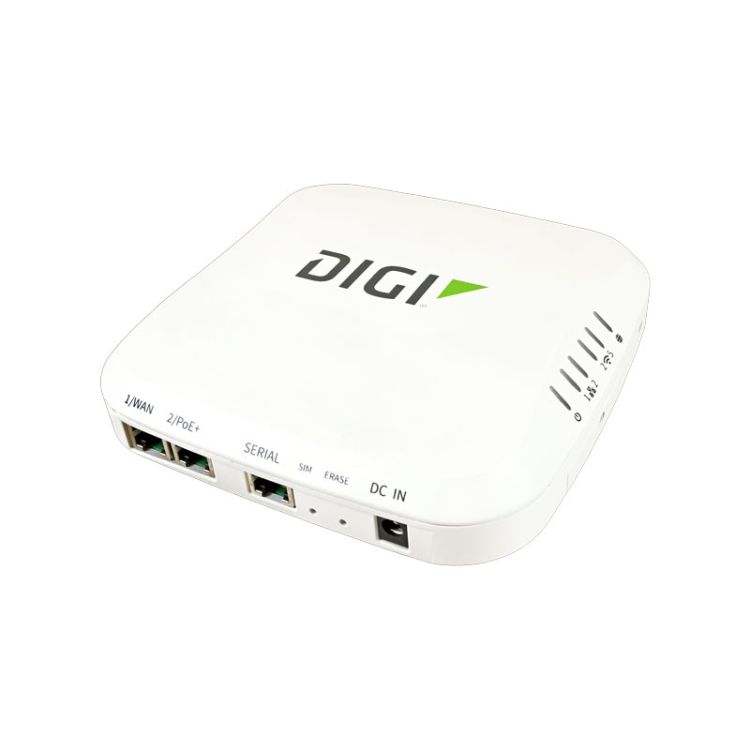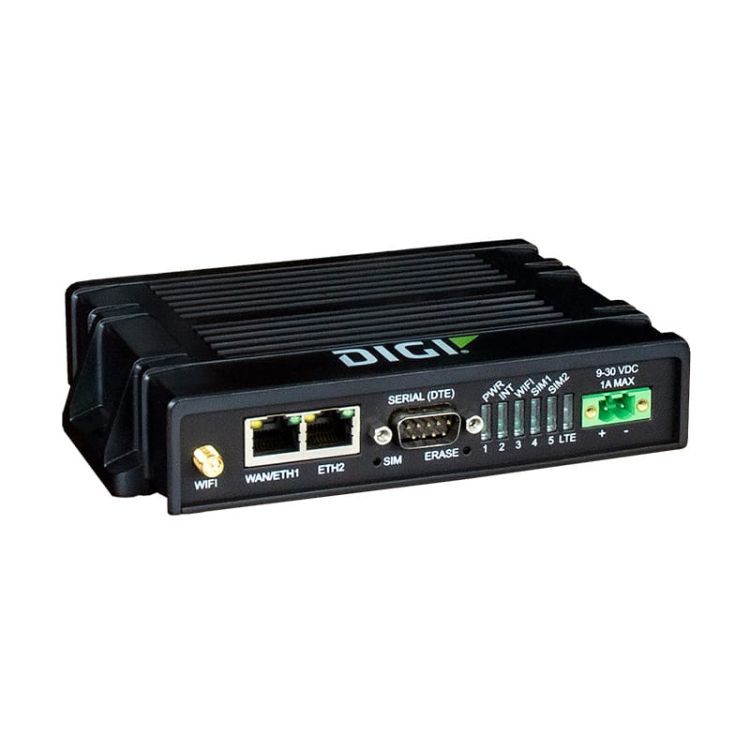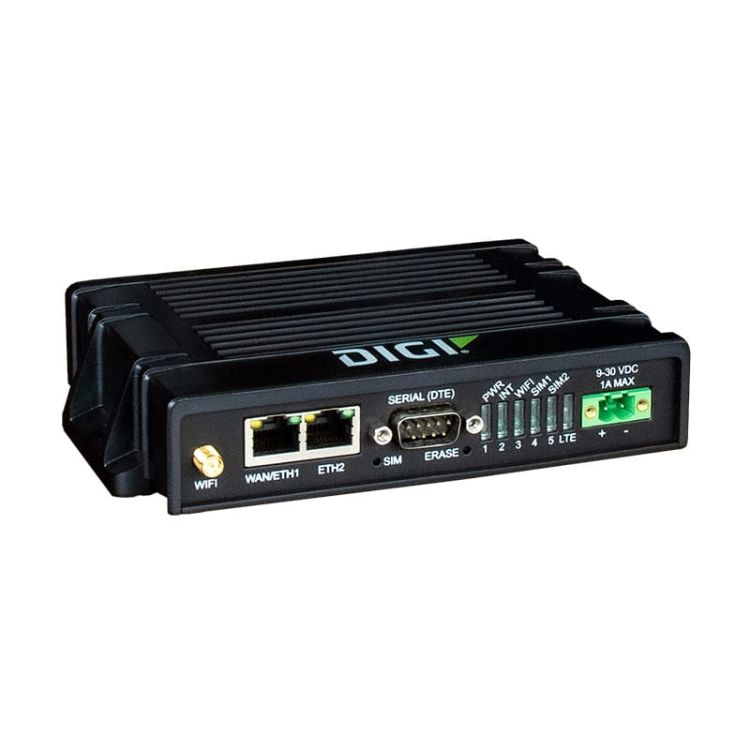The Internet of Things (IoT), often considered the next frontier of technological innovation, functions as a massive network that enables a vast array of devices to connect and communicate. This transformative technology is ushering in a new era, reshaping the way we interact with the digital world.
A cornerstone of this technology is IoT connectivity. Serving as the conduit that enables devices to 'talk' to each other, the type of connectivity utilised can greatly influence the effectiveness and utility of an IoT infrastructure. Factors such as coverage range, power consumption, security measures, and data transfer rates play a critical role in determining the choice of connectivity solution.
IoT Connectivity Options: A Closer Look
There is a multitude of IoT connectivity options available, each with its unique features and capabilities. These options can be broadly classified into the following categories:
-
Cellular IoT: Cellular IoT provides the ability for devices to connect over mobile networks, providing expansive coverage and robust security. Cellular connectivity supports a wide array of IoT applications, facilitated by everything from older 2G, 3G, and 4G networks to the latest 5G offerings.
-
Low Power Wide Area Networks (LPWAN): LPWAN technology, including popular solutions such as LoRaWAN and Sigfox, allows for long-range communication between IoT devices while keeping power consumption at a minimum. LPWAN has become the connectivity of choice for many smart city and industrial IoT applications.
-
Bluetooth and Wi-Fi: Ideal for IoT applications requiring short-range connections, both Bluetooth and Wi-Fi have maintained their relevance in the IoT landscape, especially with the advent of Bluetooth 5 and Wi-Fi 6, which offer enhanced capabilities in terms of speed, power efficiency, and the number of simultaneous connections.
-
Satellite IoT: Satellite IoT ensures continuous connectivity for areas lacking cellular coverage. By overcoming the connectivity gap, satellite IoT extends the reach of IoT applications, particularly in the fields of logistics and environmental monitoring.
Addressing the Challenges of IoT Connectivity
As the IoT landscape continues to evolve and mature, it faces a variety of challenges. These include concerns over security, the need for interoperability, the necessity of scalability as the number of connected devices increases, and privacy issues arising from the personal data accumulated by IoT devices. It's crucial for businesses to foresee and address these challenges, mitigating potential risks and creating robust, reliable IoT systems.
Enhancing IoT Security: Security is a top concern in the IoT sphere. Implementing robust encryption, ensuring secure device authentication, and maintaining regular firmware updates can help enhance the security of IoT systems.
Promoting Interoperability: For seamless communication between devices, regardless of the manufacturer or communication protocol, interoperability is key. This can be achieved by adopting open standards and universal protocols.
Scaling IoT Systems: As the number of connected devices grows, managing and processing the resulting data becomes a significant challenge. Utilising cloud-based platforms and edge computing solutions can significantly enhance the scalability of IoT systems.
Upholding Privacy: The privacy of user data is a critical issue in the IoT space. Rigorous data anonymisation techniques and consent policies must be implemented to maintain user privacy and build trust.
IoT Connectivity for Industrial Applications
The potential of IoT is not limited to consumer applications. Businesses operating in industries with challenging environmental conditions often require robust, durable IoT solutions. These applications call for devices and connectivity solutions that can withstand extreme temperatures, moisture, dust, vibrations, and other
adverse conditions. By implementing such resilient technologies, businesses can meet the rigorous demands of the industrial sector and drive operational efficiency.
Robust Connectivity Solutions: A reliable industrial IoT system is underpinned by robust connectivity. Whether it's Cellular, LPWAN, Wi-Fi, Bluetooth, or Satellite, selecting the right connectivity solution tailored to specific industrial requirements ensures seamless operation under harsh conditions.
Rugged IoT Devices: IoT devices deployed in challenging environments must be inherently durable. From rugged IoT sensors to durable gateways, these devices form the backbone of a reliable industrial IoT system, ensuring uninterrupted data collection and transmission.
Industrial IoT Applications: Industrial IoT has the potential to transform various sectors such as manufacturing, logistics, mining, and agriculture. Real-time monitoring of machinery health, remote asset tracking, environmental condition monitoring and smart agriculture are among the many applications where industrial IoT is making a significant impact.
Despite the challenges posed by harsh environments, the potential of industrial IoT cannot be understated. It's capable of driving efficiency, improving safety, and enhancing decision-making. As the number of IoT devices increases, so too does the demand for robust, reliable connectivity solutions.
The Path Forward for IoT Connectivity
The realm of IoT connectivity is continuously evolving. Future advancements in networking technologies promise to continually reshape the IoT landscape, fostering innovation and growth. It's crucial that we remain at the forefront of these developments, guiding businesses in leveraging IoT for a more connected, intelligent future1.
The evolution of IoT connectivity solutions continues at a rapid pace, with each advancement broadening the horizons of what can be achieved. It's an exciting era of unprecedented growth and innovation, providing opportunities for businesses of all types to become more efficient, responsive, and customer-focused.
Embracing IoT and its connectivity options is not merely about staying current with the latest technology trends. It's about unlocking new possibilities, driving operational efficiency, and opening up new avenues for growth. As we look to the future, it's clear that IoT will continue to play an integral role in the digital transformation of industries around the world.
As we stand on the cusp of this transformative period, it's crucial that we seize these opportunities. With the right knowledge, strategies, and solutions in place, businesses can harness the power of IoT to create a more connected, intelligent, and innovative future.
For further information on IoT Connectivity Solutions, particularly for industrial applications in harsh environments, do not hesitate to visit Rugged. Their team of experts provide a wealth of knowledge and support for deploying robust and reliable IoT systems in challenging conditions. They are ready to help you navigate the complexities of implementing IoT systems, ensuring you can fully harness the transformative potential of this exciting technology.


 EUR - Euro
EUR - Euro USD - US Dollar
USD - US Dollar

